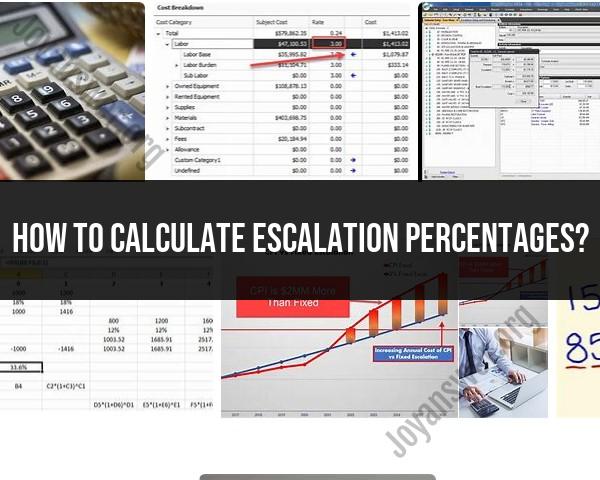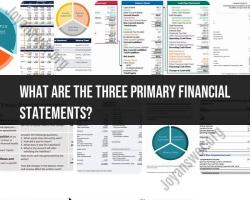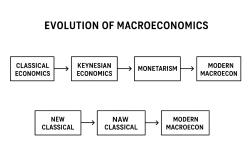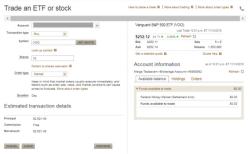How to calculate escalation percentages?
Escalation percentages are used to calculate increases in costs, prices, or values over time. Calculating escalation percentages involves comparing a later value to an earlier value and expressing the change as a percentage. Here's a step-by-step guide on how to calculate escalation percentages:
Step 1: Determine the Two Values
Identify the two values you want to compare. These values can represent costs, prices, salaries, or any other quantity that changes over time. Let's call the earlier value "A" and the later value "B."
Step 2: Calculate the Change in Value
To find the change in value (ΔV), subtract the earlier value (A) from the later value (B):
ΔV = B - A
Step 3: Calculate the Percentage Change
To calculate the percentage change, divide the change in value (ΔV) by the earlier value (A) and then multiply by 100 to express it as a percentage:
Percentage Change = (ΔV / A) * 100
Step 4: Interpret the Result
The percentage change represents the escalation percentage. A positive percentage indicates an increase, while a negative percentage represents a decrease. The magnitude of the percentage change indicates the relative size of the increase or decrease.
Here's an example:
Suppose you want to calculate the escalation percentage for the price of a product that increased from $50 (A) to $60 (B):
Step 1: Determine the two values:
- A = $50 (earlier value)
- B = $60 (later value)
Step 2: Calculate the change in value (ΔV):ΔV = B - A = $60 - $50 = $10
Step 3: Calculate the percentage change:Percentage Change = (ΔV / A) * 100 = ($10 / $50) * 100 = 20%
Step 4: Interpret the result:The escalation percentage is 20%, indicating that the price of the product increased by 20% from the earlier value of $50 to the later value of $60.
This method is useful for analyzing price increases, cost escalations, or any situation where you want to quantify the relative change as a percentage.
How to calculate escalation percentages for price increases or cost adjustments
To calculate an escalation percentage, you first need to determine the base value and the new value. The base value is the original price or cost, and the new value is the updated price or cost. Once you have these two values, you can use the following formula:
Escalation percentage = (new value - base value) / base value * 100%
For example, if the original price of a product was $100 and the new price is $120, the escalation percentage would be:
Escalation percentage = ($120 - $100) / $100 * 100% = 20%
Common scenarios in which escalation percentages are used in business
Escalation percentages are used in a variety of business scenarios, including:
- Construction contracts: Escalation percentages are often used in construction contracts to adjust the contract price for changes in the cost of materials and labor.
- Long-term contracts: Escalation percentages may be used in long-term contracts to adjust the price for changes in inflation or other economic factors.
- Government contracts: Escalation percentages are often used in government contracts to adjust the contract price for changes in the cost of living or other economic factors.
- Business-to-business contracts: Escalation percentages may be used in business-to-business contracts to adjust the price for changes in the cost of goods sold or other economic factors.
Formula or method to calculate escalations based on specific variables
The formula for calculating escalation percentages can be modified to take into account specific variables, such as the type of contract, the industry, and the economic climate. For example, some contracts may use a weighted average escalation percentage, which takes into account the different costs that may be affected by inflation.
Interpreting and using escalation percentages in financial projections
Escalation percentages can be used in financial projections to forecast future costs and revenues. For example, a company may use escalation percentages to project the cost of materials and labor for a construction project. Or, a company may use escalation percentages to project the revenue from a long-term contract.
Considerations when negotiating escalation clauses in contracts
When negotiating escalation clauses in contracts, it is important to consider the following factors:
- The type of contract: The type of contract will determine the appropriate escalation formula and variables to use.
- The industry: The industry in which the contract is being negotiated may have specific norms and practices regarding escalation clauses.
- The economic climate: The current economic climate should be taken into account when negotiating escalation clauses.
It is also important to have an attorney review any contract before signing it, including any escalation clauses.
Is there anything else you want to ask me?












